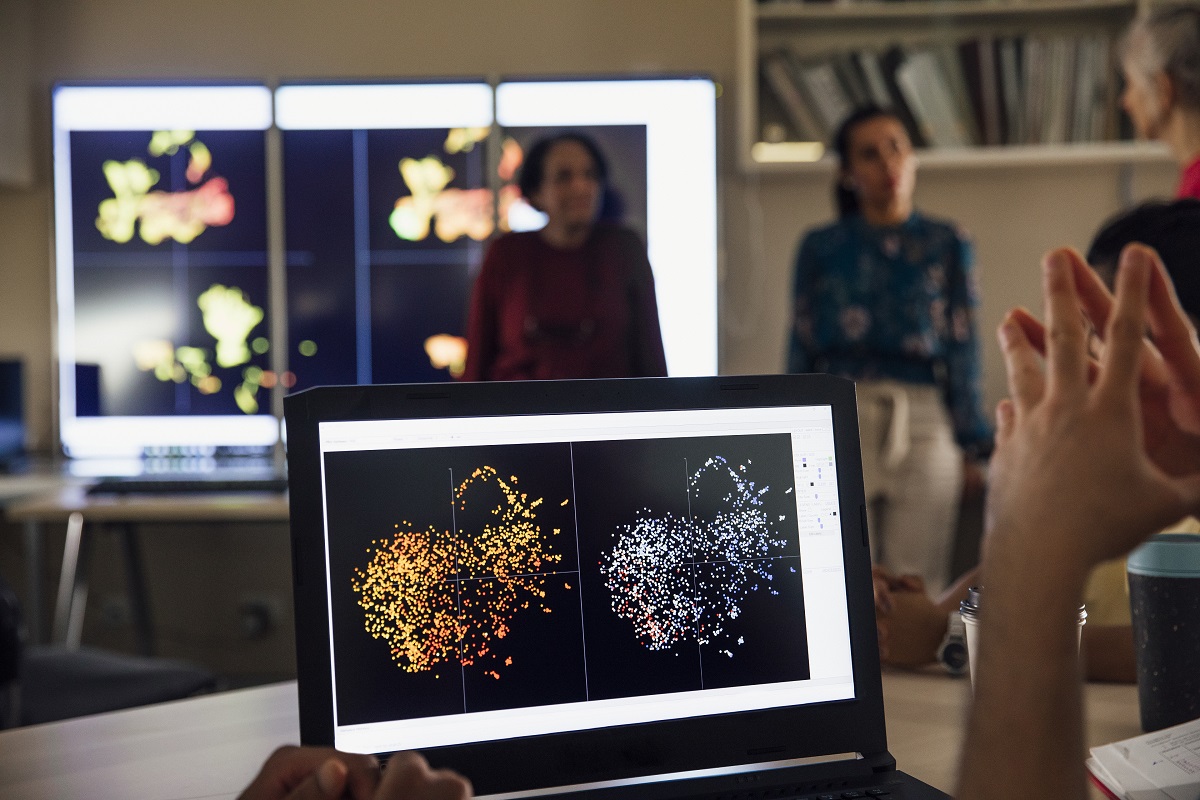
What is it like to develop an adaptive course from scratch? Dr. Priya Jamkhedkar, instructor in the Department of Physics at Portland State University (PSU), knows firsthand. Dr. Jamkhedkar partnered with CogBooks to develop College Physics (algebra based) and University Physics (calculus based) courses for PSU and has been using the courseware with her students since Fall 2018. She is currently working with Cambridge University Press on making enhancements to both series of introductory physics courses.
Below, Dr. Jamkhedkar shares insight on her experience building courses using CogBooks, now known as Cambridge courseware.
Why did you choose to develop adaptive physics courses with CogBooks (now part of Cambridge University Press)?
In 2018, PSU got a grant to develop and try adaptive courses through the APLU [Association of Public and Land-grant Universities] and the Bill & Melinda Gates Foundation. Our university was trying to see if adaptive courses could help with our large class sizes and with these intro-level classes that most students have to take.
Before this opportunity came along, there wasn’t really anything—and we wanted particular features in our platform, like pre-lecture activities and interactive activities. Bits and pieces were available in different software, and that was driving up the cost to students.
We wanted a lot of things on a single platform while keeping the costs down.
What were the most important features for your physics courseware?
We have really large class sizes, and the students have very diverse backgrounds and foundational skills. Some students were well-prepared for the course, but others would be left behind, so we needed something that could be personalized, which CogBooks let us do. We could put in support items for students and review items, like a math review. We also tried to incorporate different formats; some students are good visual learners and they like videos better or some students like to read, so this way more choice was available.
What do you think instructors and institutions considering developing an adaptive course with Cambridge University Press need to know?
First of all, for the physics courses we developed, we’ve not only been mindful of the traditional courses, we’ve also been mindful about the pedagogy, so there are a lot of active and interactive features, including scaffolding in the homework problems.
Secondly, in my experience, even talking with instructors here, people think, “teach a course, use a textbook.” But this is not a textbook. It’s an interactive thing; it has layers. It’s more than a textbook, and it’s different from a textbook. So, if you want to use CogBooks [now Cambridge courseware], you should understand the features, and I think different instructors could use it in different ways.
For example, we wanted a math tool, which was not originally available, along with the drawing tools. So CogBooks integrated those two features just for us, and I think those features can be used for any math or STEM course. I can see a lot of people developing adaptive courses in those areas.
Finally, I don’t think a single instructor can build a brand-new course. I had to have support—we used the grant to hire students to code the problems, and I also had support from our instructional designers in our Office of Academic Innovation.
What’s next for adaptive learning at PSU as you make enhancements to the physics courses?
Students have asked for more practice problems. We want to put more practice problems in there and more questions so that instructors can choose and design their own class.
The second improvement would be to increase the interactivity for all of the simulations, and attach one or two small assessments to them, so that students will engage with them even more. Similarly, we hope to make the courses more interactive and have more videos of the physics demonstrations that we do in class. We want to make the material available in more formats and through more perspectives so that students can see the same concepts differently.
And that’s another thing: we are also looking at the data and doing a lot of analysis to see the learning paths different students have been taking or how they’re interacting with the system, like how long they’re on a certain page.
I think teaching at this level and in those large classrooms is a difficult problem, and we cannot change it overnight with new technology. But I do think, little by little, we can make strides and improve student understanding.
If you’re interested in partnering with Cambridge University Press to develop an adaptive course or courses powered by CogBooks, book a meeting with us.

